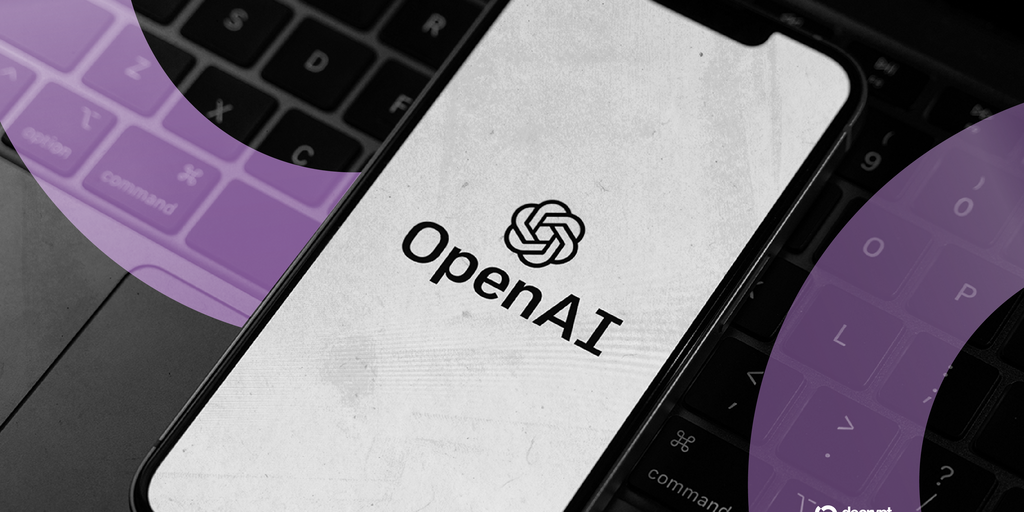In brief
they should just call non reasoning model “lazy.”
like, gpt-5 lazy.
so we know it can reason but chooses not to.
— signüll (@signulll) August 8, 2025
First impressions of GPT-5 for coding REAL projects:
It’s awful.
It’s super slow and when I asked it to recommend improvements on a feature, it gave me 4 things to improve & the code to go with it….
All 4 recommendations either didn’t work or completely broke the feature.
— Josh Sisley (@joshsisley) August 7, 2025
I for one want GPT 4.1 back, not 4o. It was the only model that had the 4.5 “big model smell” properly distilled into it. Its capacity to imitate writing styles is unmatched. Stop that synthetic data slop and give us models that actually READ original literature.
— David Finsterwalder (@DFinsterwalder) August 8, 2025
Generally Intelligent Newsletter
A weekly AI journey narrated by Gen, a generative AI model.

